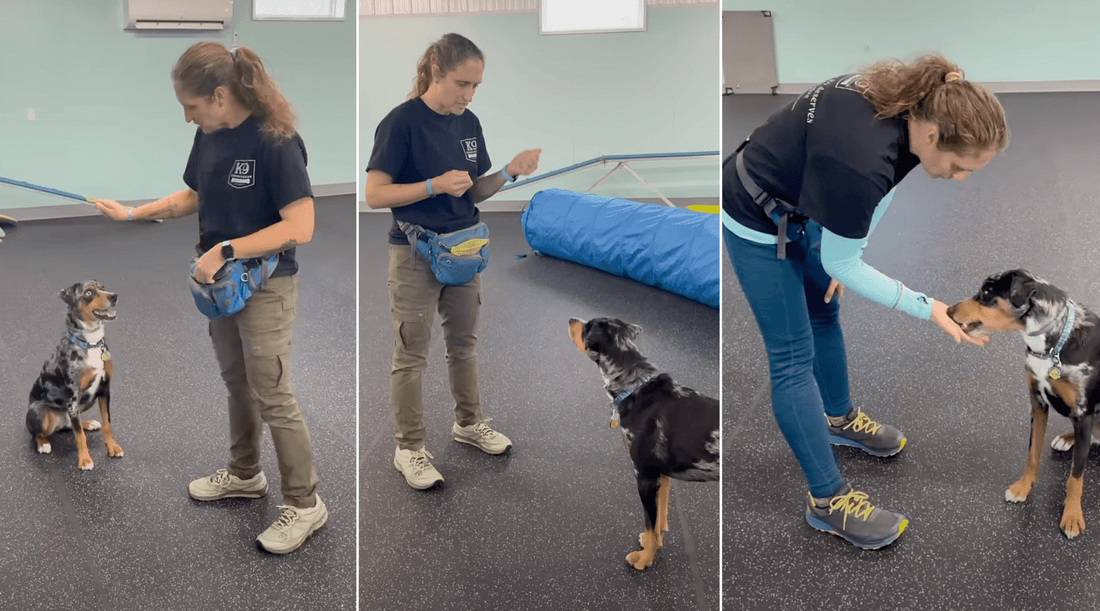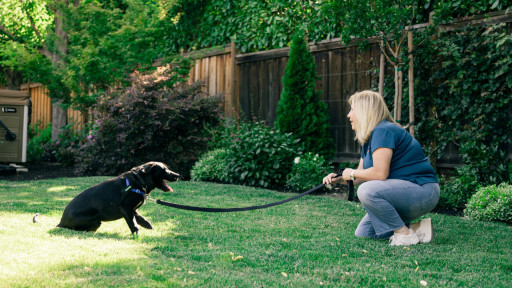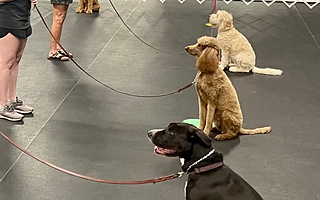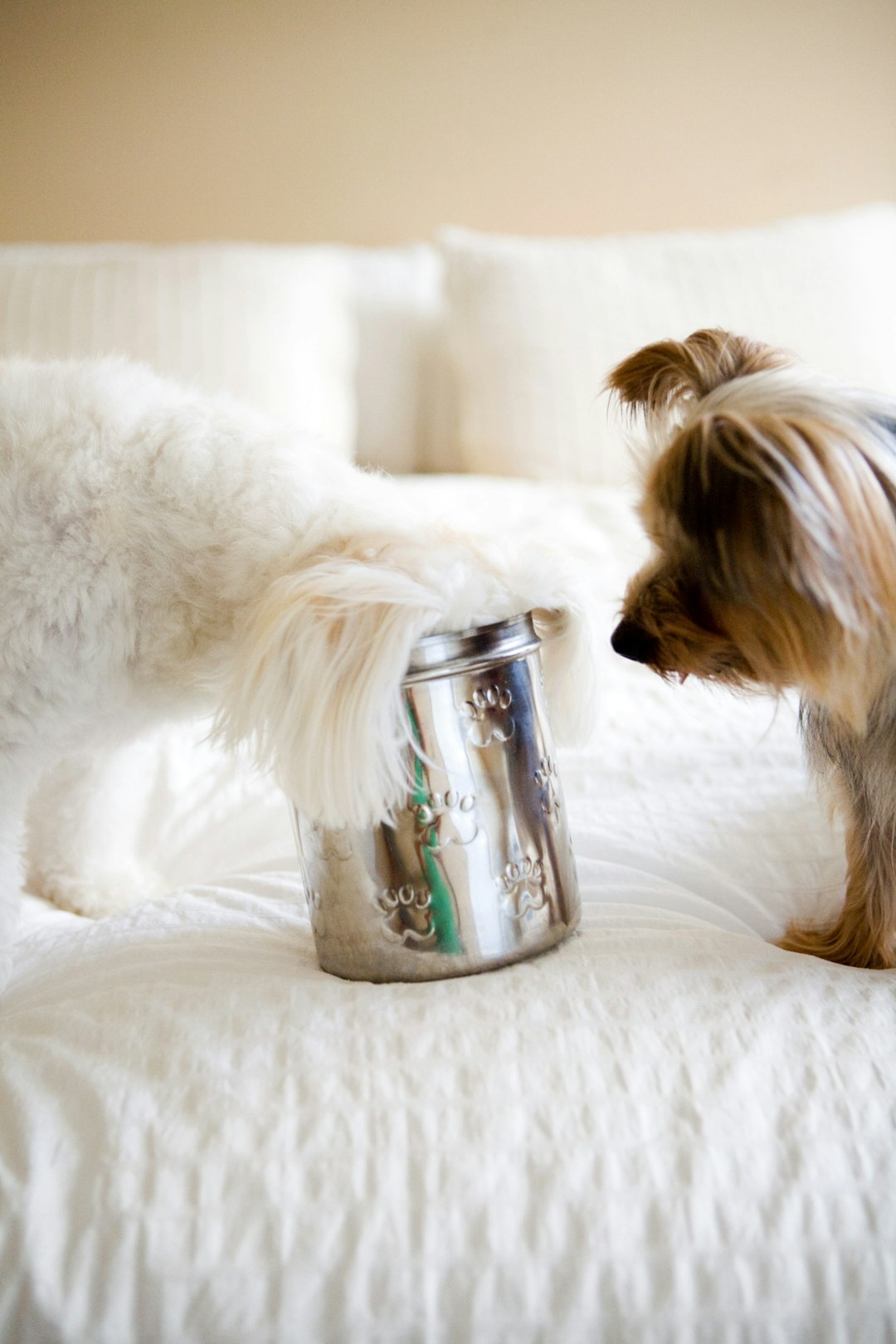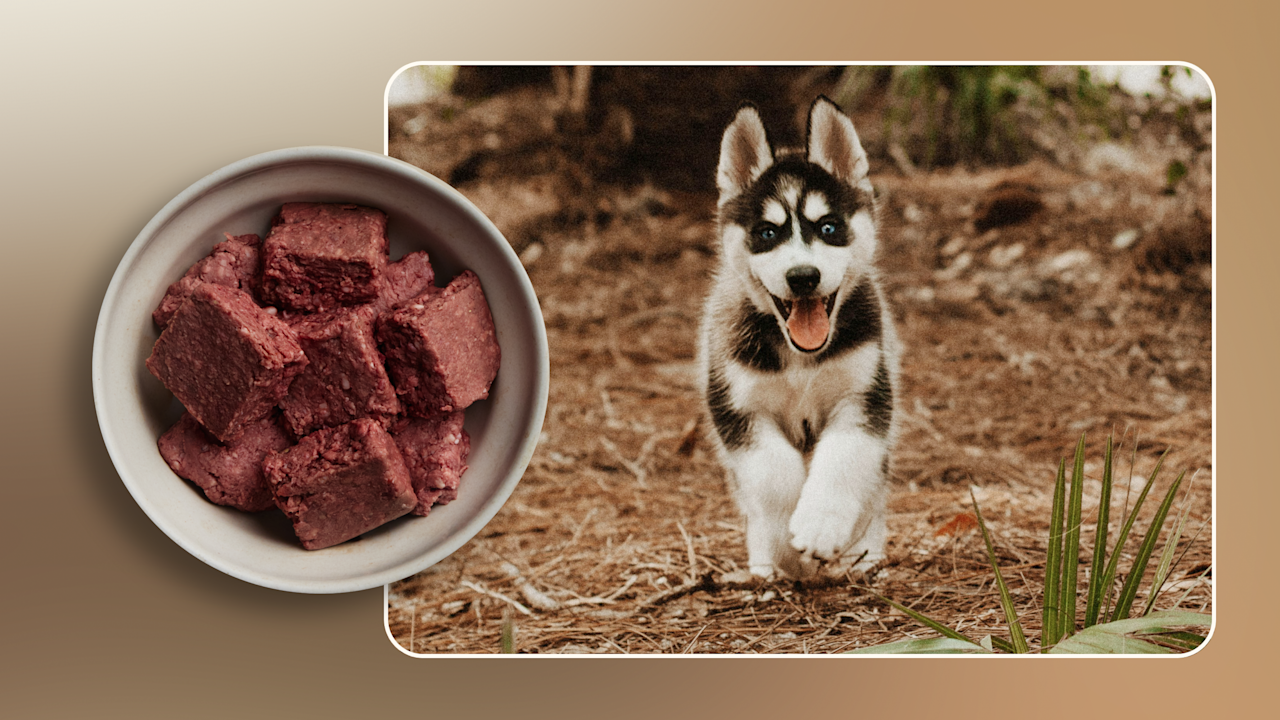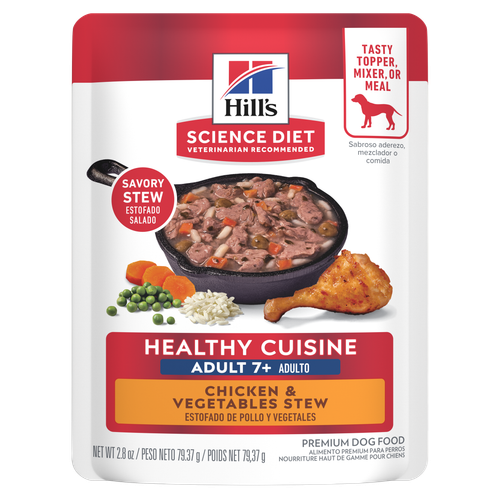If your dog struggles with food allergies, you know how tough it is to find the right food. Choosing the wrong type can make your furry friend uncomfortable or even sick.
But do you know which dog foods are the worst offenders for allergies? Understanding this can save your dog from endless itching, upset stomachs, and health problems. Keep reading to discover the types of dog food that could be harming your pet and learn how to make better choices for their health and happiness.
Common Dog Food Allergens
Food allergies in dogs often come from common ingredients in their meals. Recognizing these allergens helps prevent allergic reactions. Many commercial dog foods contain substances that trigger allergies. Identifying these can guide you to better choices for sensitive pets.
Grains And Gluten
Grains like wheat, corn, and soy can cause allergies in dogs. Gluten, found in wheat, is a common irritant. These ingredients may lead to itching, digestive issues, or ear infections. Some dogs cannot digest grains well, making symptoms worse.
Proteins And Animal By-products
Proteins such as beef, chicken, and dairy often trigger allergies. Animal by-products, including meat meals, can also cause reactions. Dogs can be sensitive to specific protein sources. Repeated exposure to these proteins may worsen symptoms over time.
Artificial Additives
Artificial colors, flavors, and preservatives can irritate a dog’s immune system. These additives are common in many dog foods. They may cause skin problems or digestive upset. Avoiding artificial ingredients can reduce allergy risks significantly.

Credit: www.hillspet.com
Impact Of Commercial Dog Food
Commercial dog food often contains ingredients that can trigger food allergies in dogs. These foods prioritize shelf life and cost, sometimes at the expense of your pet’s health. Understanding the impact of commercial dog food helps in choosing better options for sensitive dogs.
Preservatives And Chemicals
Many commercial dog foods include artificial preservatives to keep the food fresh longer. These chemicals can cause allergic reactions and digestive problems in some dogs. Common preservatives like BHA, BHT, and ethoxyquin are linked to allergies and skin irritations.
Colors and flavor enhancers also add to the risk. Dogs with sensitive stomachs may react badly to these additives, leading to itching, redness, or upset stomach. Natural alternatives often lack these harmful chemicals.
Low-quality Ingredients
Commercial dog foods often use low-quality ingredients to reduce costs. These include fillers like corn, wheat, and soy. Such fillers provide little nutrition and can trigger allergies.
By-products and unnamed meat sources are common in lower-grade foods. These can cause sensitivity and worsen allergy symptoms. Dogs need high-quality protein sources for better health.
Ingredients that are hard to digest increase the chance of allergic reactions. Choosing foods with simple, recognizable ingredients helps reduce allergy risks.
Raw And Homemade Diets
Raw and homemade diets have grown popular among dog owners. These diets involve feeding dogs uncooked meats, vegetables, and grains prepared at home. Many believe these meals offer a natural alternative to commercial dog foods. Yet, these diets can impact dogs with food allergies differently.
Potential Risks
- Raw diets may contain bacteria like Salmonella and E. coli.
- Improperly balanced homemade meals can lack essential nutrients.
- Cross-contamination during preparation may trigger allergic reactions.
- Uncooked ingredients might introduce new allergens to sensitive dogs.
- Homemade diets may not always avoid common allergens like chicken or beef.
Benefits Over Commercial Foods
- Owners control every ingredient in homemade meals.
- Custom diets allow elimination of known allergens easily.
- Fresher ingredients can improve nutrient absorption.
- Raw feeding avoids preservatives and artificial additives.
- Tailored diets can help identify specific allergy triggers faster.
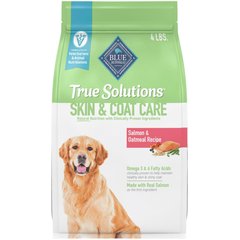
Credit: www.petmd.com
Identifying Food Allergies In Dogs
Recognizing food allergies in your dog can be tricky. Symptoms often mimic other health issues, making it hard to pinpoint the cause. Being aware of the signs and how to confirm the allergy can save your dog a lot of discomfort and help you choose the right food.
Common Symptoms
Food allergies in dogs usually show up through skin problems and digestive issues.
- Itchy skin:Your dog might scratch or lick certain areas more than usual.
- Redness or rashes:Look for inflamed patches, often around the ears, paws, or face.
- Hair loss:Persistent scratching can cause bald spots.
- Digestive upset:Vomiting, diarrhea, or frequent gas can be clues.
- Ear infections:Recurring infections may signal an allergy.
If you notice these symptoms, consider what your dog has been eating recently. Could a new treat or food ingredient be the culprit?
Diagnosis Methods
Getting a clear diagnosis often means working closely with your vet. They might suggest an elimination diet trial, which involves feeding your dog a simple, hypoallergenic diet for several weeks.
This helps identify the specific ingredient causing the reaction by removing and then slowly reintroducing foods.
Another tool vets use is allergy testing, but it’s less reliable for food allergies compared to skin or blood tests for environmental allergens.
Keeping a detailed food and symptom diary can speed up the diagnosis. Have you tracked what your dog eats and when symptoms appear? This simple step can make a big difference.
Navigating Ingredient Labels
Reading dog food labels can feel like decoding a secret message, especially when managing food allergies. The key is knowing what to look for and what to avoid. Understanding ingredient lists helps you protect your dog from harmful allergens hidden in plain sight.
Hidden Allergens
Many dog foods contain ingredients that aren’t obvious allergens but can still trigger reactions. Ingredients like wheat gluten, soy protein, or certain preservatives often hide under different names.
For example, “animal by-products” might include parts from animals your dog is allergic to, but the label won’t specify which ones. Have you ever noticed terms like “natural flavor” or “meat meal”? These can mask allergens and make it tricky to identify the problem.
Always question vague terms and research unfamiliar ingredients before trusting a label. Your dog’s health depends on it.
Understanding Labels
Labels list ingredients by weight, from most to least. This means the first few ingredients have the biggest impact on your dog’s diet.
Look out for single protein sources if your dog has allergies. Foods with multiple proteins increase the risk of exposure to allergens.
Also, check for grains or fillers like corn and soy, which are common allergens. Have you checked if the label mentions “hypoallergenic” or “limited ingredient”? These can be helpful but don’t guarantee safety without careful ingredient review.
Learning to read labels critically empowers you to choose the best food for your dog’s allergy needs. What’s the most confusing label you’ve come across?
Choosing Allergy-friendly Options
Choosing the right dog food is key for pets with food allergies. Some ingredients can trigger reactions and make symptoms worse. Pet owners must pick foods that reduce allergy risks and support health. Understanding allergy-friendly options helps avoid discomfort and boosts wellbeing.
Hypoallergenic Dog Foods
Hypoallergenic dog foods use limited ingredients to reduce allergy triggers. They often avoid common allergens like beef, dairy, or wheat. These foods include:
- Novel protein sources such as duck, venison, or fish
- Hydrolyzed proteins broken into tiny pieces to prevent immune response
- Grain-free or single-grain options
Choosing hypoallergenic foods helps control symptoms like itching, redness, or digestive upset. Labels usually highlight if the food is designed for sensitive dogs. Switching gradually avoids stomach problems.
Consulting A Veterinarian
Veterinarians guide owners through allergy management. They can perform tests to identify specific allergens. This makes food selection easier and more accurate. Vets may recommend prescription diets made for allergies.
Consulting a vet ensures your dog gets safe and balanced nutrition. They also monitor your pet’s reaction to new foods. This step prevents prolonged discomfort and supports recovery.

Credit: seniortailwaggers.com
Frequently Asked Questions
What Dog Foods Commonly Trigger Food Allergies?
Dog foods with common allergens like beef, dairy, wheat, and chicken often trigger allergies. Artificial additives also worsen reactions. Identifying and avoiding these ingredients helps manage your dog’s allergies effectively.
Are Grain-free Dog Foods Better For Allergic Dogs?
Grain-free foods can help some dogs with allergies, but they aren’t always better. Some dogs react to grains, while others react to proteins. Consult your vet to choose the best diet for your dog’s specific allergies.
Can Artificial Additives Cause Dog Food Allergies?
Yes, artificial colors, flavors, and preservatives can cause allergic reactions in dogs. These additives may irritate sensitive digestive systems and worsen allergy symptoms. Opt for natural, minimally processed dog food to reduce allergy risks.
How To Identify The Worst Dog Foods For Allergies?
Check ingredient labels for common allergens like beef, dairy, wheat, and artificial additives. Foods with many fillers and unknown proteins often cause allergies. Choose limited-ingredient or hypoallergenic dog foods for better allergy management.
Conclusion
Choosing the wrong dog food can make allergies worse. Common allergens like wheat, soy, and certain proteins often cause reactions. Grain-free or limited ingredient foods might help some dogs. Always check labels carefully before buying. Talk to your vet about the best diet for your dog.
Finding the right food takes time and patience. Your dog’s health depends on what they eat daily. Avoid foods with many additives or fillers. Keep an eye on your dog’s symptoms after eating. Good food choices lead to happier, healthier pets.

